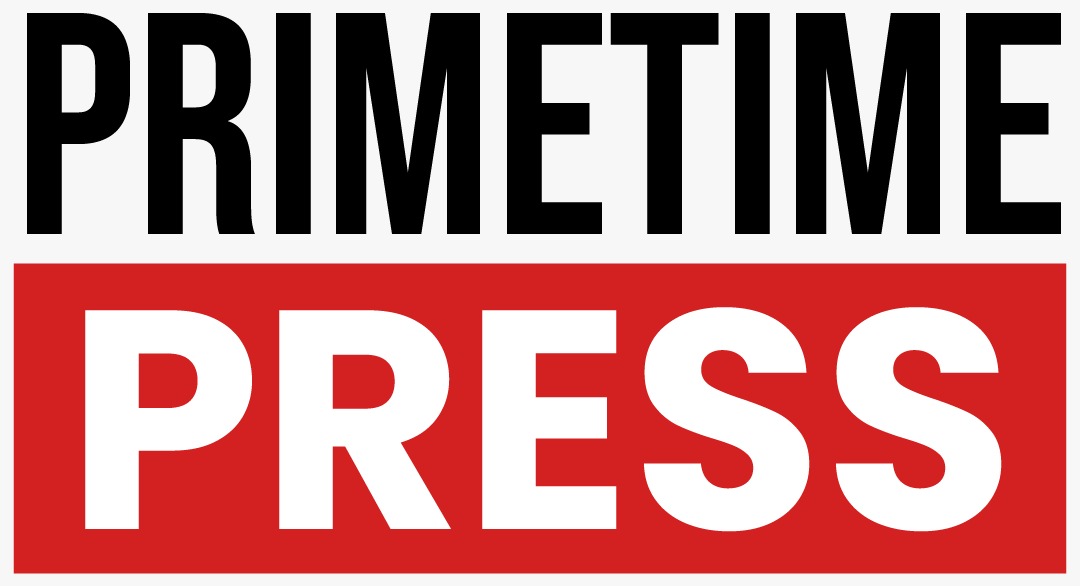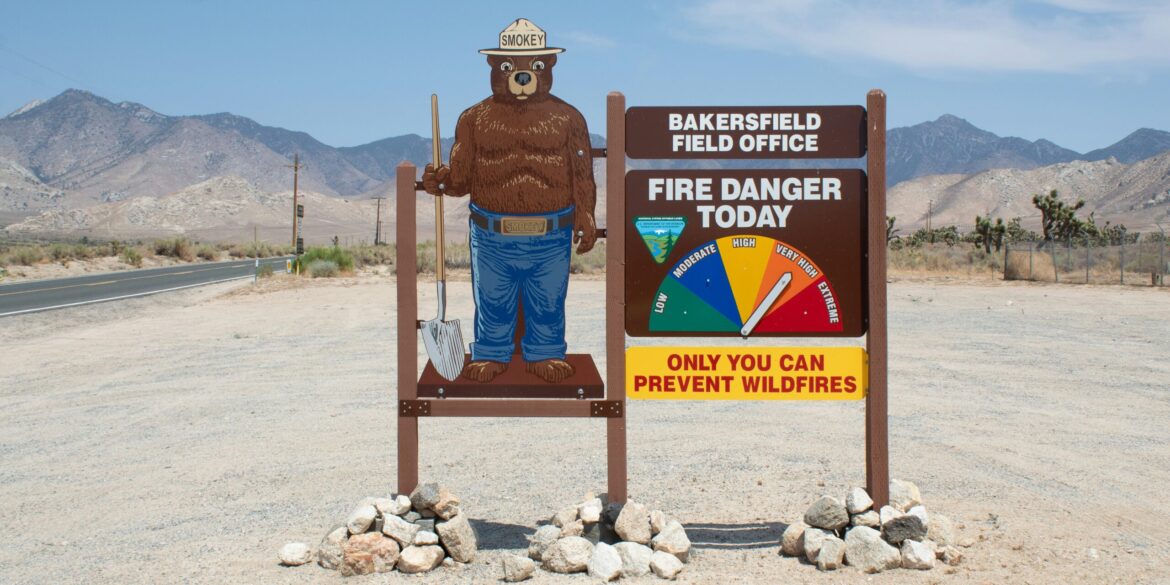In a decisive move to combat the escalating threat of wildfires, Governor Gavin Newsom signed a comprehensive wildfire prevention bill into law on May 22, 2025. This legislation represents a significant step forward in California’s ongoing efforts to enhance wildfire resilience and safeguard communities across the state.
Strategic Firebreaks and Enhanced Preparedness
A cornerstone of the new law is the mandate for creating firebreaks around high-risk areas, particularly focusing on the wildland-urban interface—the zone where residential and commercial properties meet forests and grasslands. These firebreaks are designed to act as barriers, slowing or stopping the spread of wildfires and providing critical time for evacuation and firefighting efforts. The legislation also allocates funding for advanced technologies, including artificial intelligence (AI)-powered systems to predict fire behavior and drones for rapid response, thereby enhancing the state’s firefighting capabilities.
Governor Newsom’s Commitment
Governor Newsom emphasized the urgency of the situation, stating, “Wildfires are a real and growing threat to our communities, and this new law ensures that we are better prepared to protect lives and property.” His administration has been proactive in addressing wildfire risks, having previously declared a state of emergency in response to severe fire seasons and implementing measures to expedite forest management projects.
Comprehensive Approach to Wildfire Prevention
The legislation is part of a broader, multi-faceted strategy to mitigate wildfire risks. Since 2020, California has invested over $2.5 billion in wildfire resilience efforts, with an additional $1.5 billion allocated from the 2024 Climate Bond for proactive projects aimed at protecting communities from wildfires. These investments support a range of initiatives, including forest health programs, prescribed burns, and the expansion of firefighting resources.
Technological Advancements in Fire Detection and Response
The new law also emphasizes the integration of cutting-edge technology in wildfire detection and response. California has expanded its aerial firefighting fleet, adding more than 16 helicopters equipped for night operations, and has assumed ownership of seven C-130 air tankers, making it the largest fleet of its kind globally. Additionally, the state has doubled its use of Uncrewed Aerial Systems (UAS) and is utilizing AI-powered tools to spot fires more quickly, enhancing the efficiency of firefighting efforts.
Community Resilience and Preparedness
Recognizing that wildfire prevention extends beyond firefighting, the legislation includes provisions to bolster community resilience. It supports the creation of defensible spaces around homes, encourages the hardening of structures to withstand fires, and promotes the development of wildfire action plans. These measures aim to empower residents and local governments to take proactive steps in reducing wildfire risks.
Looking Ahead
As California faces an increasingly volatile fire season, the enactment of this comprehensive wildfire prevention law marks a critical milestone in the state’s efforts to protect its residents and natural landscapes. By combining strategic planning, technological innovation, and community engagement, California is setting a precedent for wildfire resilience that other states may look to emulate.

